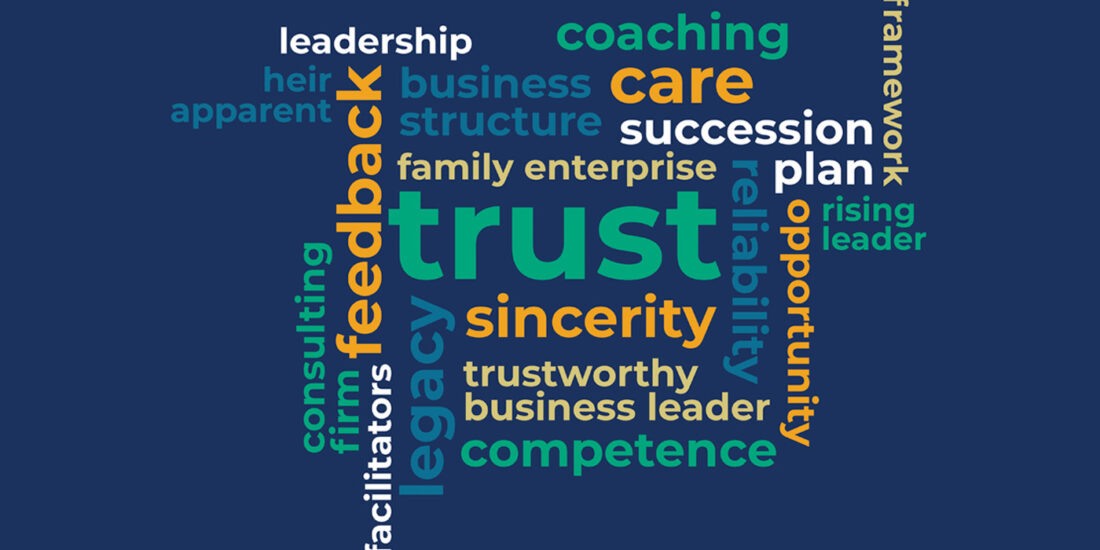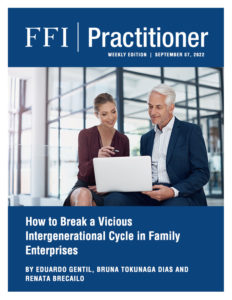
View this edition in our enhanced digital edition format with supporting visual insight and information.
In this week’s FFI Practitioner, Eduardo Gentil, Bruna Tokunaga Dias, and Renata Brecailo share their observations about a common challenge facing intergenerational enterprising families – how to clarify and align the different perceptions each generation may have about the other. In their article, the authors also provide a practical framework to help advisors working with multiple generations to develop a succession plan and share a case study.
Over the last decade or so of consulting to family enterprises, we have observed a common challenge confronting many enterprising families: the generation in power is perceived by the next generation as centralizing decision-making authority, sharing little information, and not providing clarity on the current and future roles of the next generation. While we have observed these perceptions more frequently in cousin consortiums, they can also appear in founder stage family systems as well as in sibling partnerships. These perceptions can cause the next generation to feel left out, and as a result, they may disengage from the family enterprise.
The anecdotal observation above is also described more comprehensively in academic research articles, and their main conclusion is that next-generation family members will perceive a more satisfying “succession process” if they are more involved and are able to have their personal needs, both psychological and career-related, more clearly understood and taken into account.1
The Importance of Dialogue Between Generations
In some of the programs conducted by Professor John Davis and his colleagues at MIT, he facilitates a session called Dialogue between Senior and Junior Generations. Before the session, Prof. Davis presents participants with key models and frameworks that emphasize the key roles that next-generation family members can occupy, including as business leaders, owners, and contributing family members. “Without capable family members in these three roles, the family enterprise is at risk.”2 To avoid a vicious cycle of next-generation members further disengaging from the enterprise as they feel ever more distant from the current ownership generation, families have struggled with how to be more intentional about cultivating and preparing family members for these roles in the enterprise.
With this challenge in mind, we leveraged the conceptual framework developed by Prof. Davis3 and added more concrete tools and consulting techniques to the process, which we describe below.
In most cases, families were concerned primarily with business leadership roles, while they tended to underestimate the importance of future ownership and governance roles. Below is a description of our framework:
- The family enterprise consists not only of the jointly owned businesses but also of other assets (financial, family assets, etc.) and responsibilities of the enterprising family, such as philanthropy or social impact.
- Considering the broader definition of “family enterprise,” various key roles must be understood and developed besides the business leadership role. Among these are wealth creators, active owners, supportive owners, social impact members, family unifiers, and governance leaders.4 Not only must these individual roles be understood and validated, but the functionality of the group itself—its ability to communicate constructively, address conflicts, make group decisions, and support each other—must also be addressed.
- While some of these roles can be delegated to non-family members, such as the CEO role, others cannot. For example, almost all family enterprises require that family members exercise the ownership role.
- There are various types of owners, and the most critical to ongoing success of the family enterprise is the “active owner,” who plays a key function in guiding and organizing the entire enterprise into the future. In order to fulfill their role, active owners must develop several key capabilities (both technical and behavioral):
- self-awareness and ability to influence others
- emotional intelligence (ability to deal constructively with family members)
- leadership and teambuilding of an ownership group
- business acumen (business models and strategy, markets, finance, people)
- governance knowledge
- risk-taking (or entrepreneurship)
- Not all family members will have the skills or motivation to develop into active owners. Therefore, active owners must be supported by other family owners, whom we refer to as “supportive owners.” Both active owners and supportive owners must work together to understand the family enterprise context, self-development, collaboration, and the family group’s reputation.
This conceptual framework and consulting approach aims at addressing the issues of group competence and cohesion of the ownership group—composed of different profiles of owners—as well as individual owners’ capabilities.
Practical Applications of this Framework
We applied this conceptual framework and consulting approach to a number of large family-owned groups in Brazil over the last five years. Some of the families had large, publicly-traded companies, while others were privately held. In all cases, the families were either at the sibling stage or at the cousin consortium stage.
The consulting approach consisted of an initial diagnostic phase, followed by parallel tracks of individual and group development work. The individuals received feedback, assessment reports, and development plans for both technical (knowledge or content) and behavioral dimensions.
For the group, we conducted several group meetings with next generation members, so that they could get to know each other, build trust and confidence, and strengthen their ability to make joint decisions. Over time, this work contributed to building more cohesion in the group and the ability to delegate roles to a narrower subgroup. Next, we provided the group with specific projects which required joint decision-making, such as building the long-term vision for the family enterprise, thematic workshops on governance and finance, and preparing for discussions with the previous generation on specific issues.
The cousins (future owners) got to know each other better, had the opportunity to understand the individual aspirations and skills of each member, and learned the importance of the various roles in the family enterprise system. During the process, family members strengthened their ability to have productive dialogue and to make joint decisions on concrete issues and challenges.
“The presence of an outside consultant brought a framework and methodology to our process, which included structured processes, follow up, and monitored progress, in much the same way we do inside our organizations,” as summarized by the senior family leader of a large industrial group.
The most important benefit to the family enterprise was the recognition that a clearly defined, concrete ownership role is critical to the long-term success of the family enterprise, and thus family members must prepare themselves to assume that role. Finally, in several of the cases, the family members gained the insight that not all owners would become active owners, and those active owners needed the support of the broader ownership group through various other roles and contributions.
SIDEBAR
Family Business Case Study
The case involves a large, family-controlled industrial group in Brasil. At the time of our engagement, the family enterprise was transitioning from the sibling partnership stage to a cousin consortium. There are approximately 35 cousins with ages ranging from 20 to 36. The group has a holding company board with senior members of the three families, but without any cousin representation. Only four family members are active as business executives in the businesses.
The senior generation requested our guidance to map out the key next generation ownership and governance leaders among the cousin group. They had already made previous attempts, without any real engagement from the next generation. The family already had a clearly articulated vision for the future of the business and wanted the group to remain family controlled, despite having the company listed and traded on the stock exchange.
We employed our conceptual framework and approach, beginning with individual interviews, assessments, and feedback sessions with each of the 35 next generation members. We then conducted a number of group meetings so that the next generation members could get to know each other better and could learn more about the various roles required for a successful family enterprise.
From the initial assessment of the cousin consortium, we helped the family select eight members of the cousin group to become future active owners and entered a fast track for development. This fast track included individual development tracks as well as regular meetings between members of this group.
The acceptance of the role of this subgroup was only possible due to three factors:
- the entire sibling and cousin group understood and appreciated the various roles required in managing a complex family enterprise;
- openness of the sibling group to initiate a more concrete process of succession of key roles in governance; and
- the cousin group acquired the ability to communicate clearly with each other within the context of the project.
This work continued for over two and a half years, during which time the next generation of cousins became more engaged and interested in the future of the family enterprise. The senior generation provided more clarity to the cousin generation about what was expected of them, which in turn triggered motivation among the cousins to organize themselves as future owners. An important additional result of the project was that the eight cousins slated for active ownership roles gained legitimacy and support from the broader group of cousins.
One of the remaining challenges posed to the senior generation was to provide a clearer time frame for the next generation to assume board positions and eventually receive some ownership in the group.
References
1Handler, W.C. (2008). The Succession Experience of the Next Generation. In J. Astrachan, T. Pieper, & P. Jaskiewicz (Eds.), Family Business (pp. ). Edward Elgar.
2Davis, J.A., Sinanis, M., & Collette, C. (2014). Next Generation Success: Reflections on a decade of dialogue between senior and junior generations at Harvard Business School. (pp.). Cambridge Family Enterprise Press.
3John A. Davis, J.A. (2018). Enduring Advantage: Collected essays on family enterprise success. Cambridge Family Enterprise Press.
4Ibid.
About the Contributor
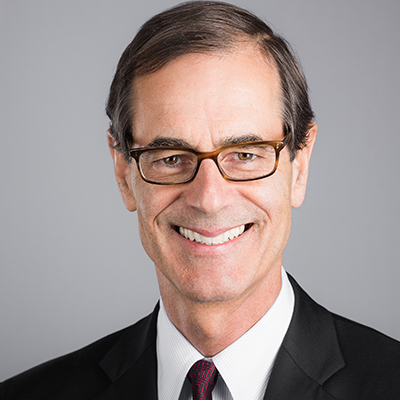
Eduardo Gentil is a senior advisor and partner at Cambridge Family Enterprise Group. He was responsible for opening and managing the São Paulo office of Cambridge in 2010. He predominantly works on designing and implementing corporate governance for family enterprises, succession planning and sharing educational modules for next generation members. He can be reached at egentil@CFEG.com.
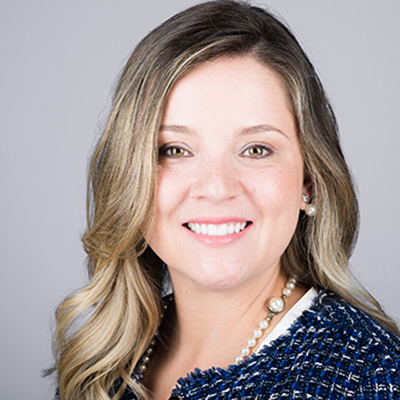
Bruna Tokunaga Dias is a senior advisor and partner at Cambridge Family Enterprise Group. Bruna is a psychologist and holds a master’s degree in Clinical Psychology at Pontifica Universidade de Sao Paulo – PUC-SP. She is certified as a board member by the Brazil Corporate Governance Institute -IBGC and has been working for more than 15 years consulting to family enterprises, focusing on education, leadership, and human development. She can be reached at btokunaga@CFEG.com.
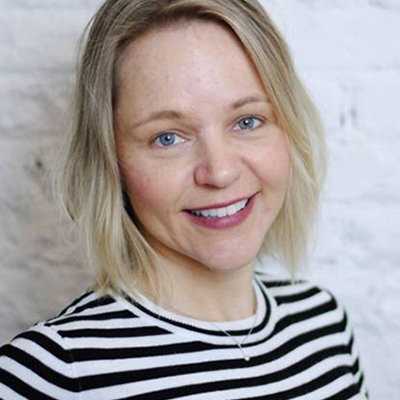
Renata Brecailo is a senior advisor at Cambridge Family Enterprise Group in Brazil and has her own advisory firm, which provides leadership development and training. She advises family-owned enterprises on strategies for the successful continuity of their enterprise, focusing on the evolution of family governance through the alignment and development of different generations. RShe can be reached at rbrecailo@CFEG.com.

View this edition in our enhanced digital edition format with supporting visual insight and information.





